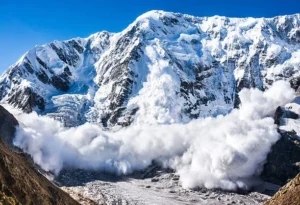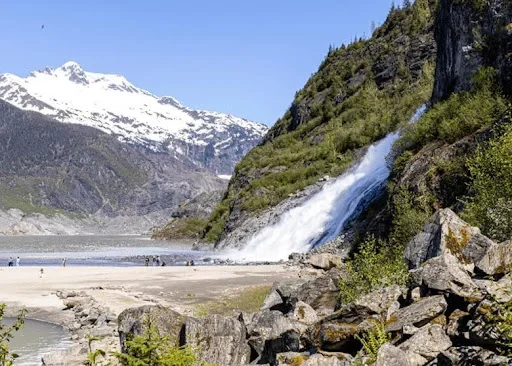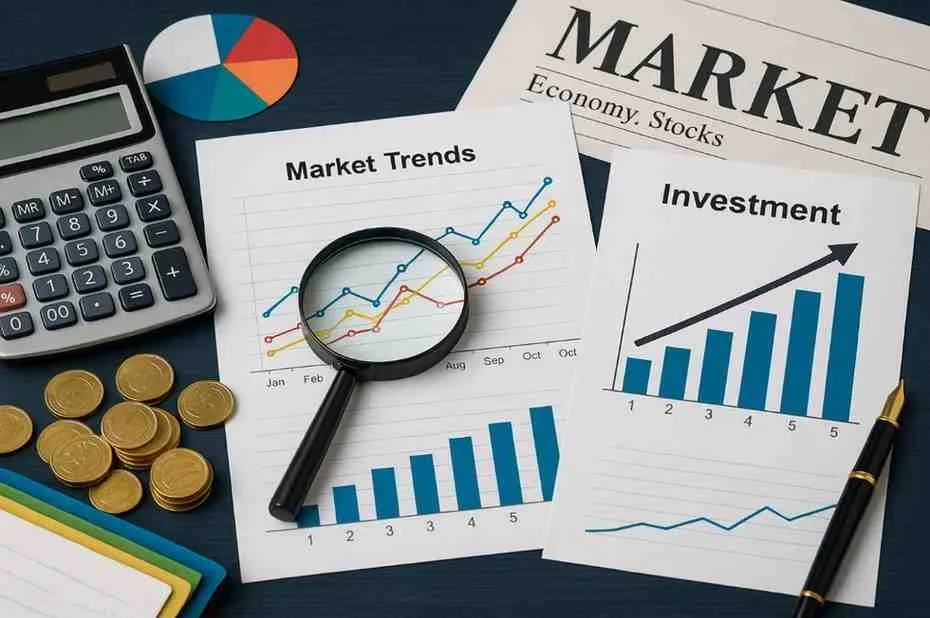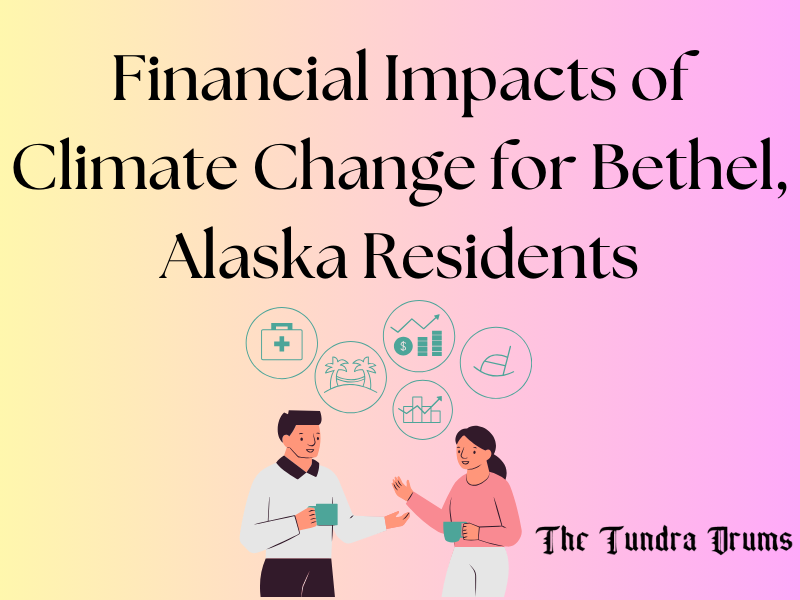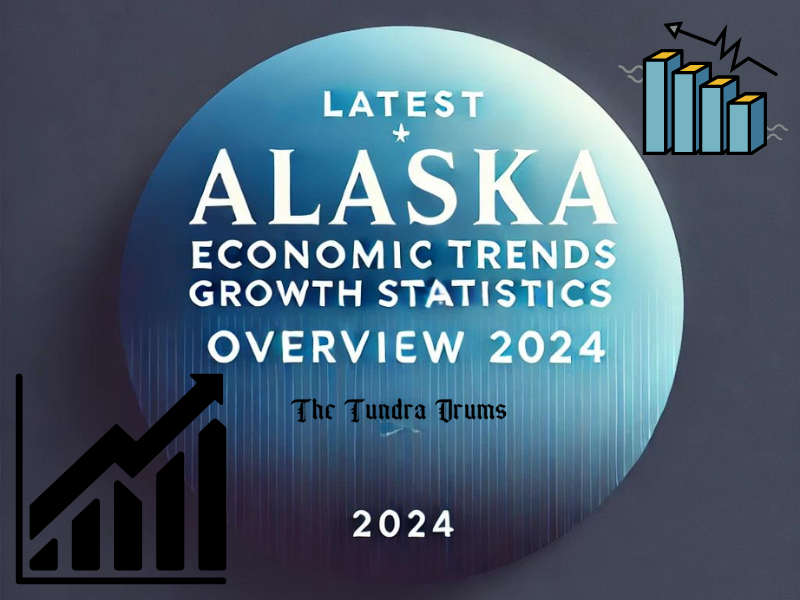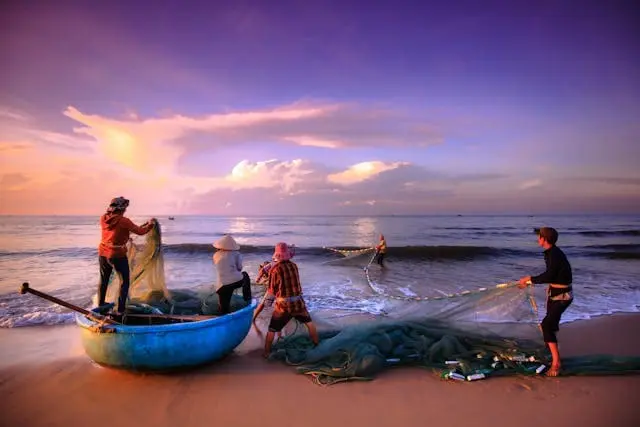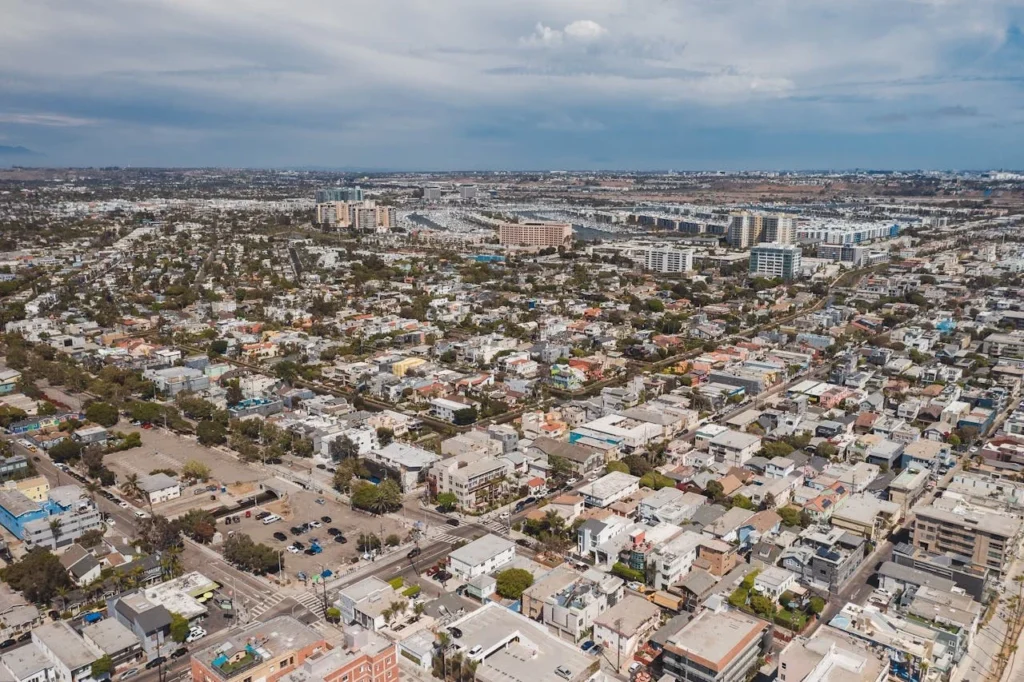Author: David Jones
David Jones is a well-known writer who focuses on economic ideas and current economic issues. He has a talent for explaining difficult economic topics in a clear and understandable way.
In 2025, the value of a military base is measured less by how many troops it hosts and more by where it is located, what missions it supports, and how quickly it can influence events. Strategic military bases shape global security by enabling missile warning, nuclear deterrence, rapid air and naval deployment, and sustained overseas presence. According to publicly available defense and research data, there are 750+ overseas military bases worldwide, with the United States operating the largest global network, followed by the United Kingdom, France, Russia, and China. These military facilities form the backbone of modern defense strategy, often…
Disclaimer: This article is intended for general informational and educational purposes only. It discusses economic principles and public policy concepts in a broad, analytical context and does not constitute financial, legal, or investment advice. Alaska is a land of breathtaking extremes of mountains that dwarf all others, coastlines that span farther than half a continent, and resources so vast they have defined the state’s very identity. Yet, the greatest challenge to thriving in the 49th state often lies not in the immediate, dramatic elements of a blizzard or a bear, but in a quiet, foundational element that dictates everything above…
Disclaimer: This article is for informational purposes only and does not constitute financial, investment, or legal advice. Market conditions can change rapidly, and readers should conduct their own research or consult a qualified professional before making any investment decisions. As 2025 draws to a close, you’re likely asking where investment opportunities lie and what risks demand your attention. The return on deployed capital is under pressure, yet corporate and investor appetite remains high. For instance, business owners in the Netherlands expect net investment to increase in 2026, despite profitability declining in Q3 2025. At the same time, major market-outlook reports…
When you look at the world in 2025, one thing becomes clear: the global arms race isn’t slowing down; it’s accelerating.If you’ve ever wondered who’s spending the most on weapons or why military budgets keep rising every year, you’re not alone. Whether you follow geopolitics or are just curious about where countries invest their power, understanding global military spending gives you a deeper look into how nations prepare for an uncertain future. Let’s break down the data, the motives, and the consequences of this worldwide race for military dominance. Global Military Spending Reaches a New Peak According to the Stockholm…
For Global strategists and defence planners, no region is more critical or more volatile than the Middle East. Stretching from the Mediterranean to the Persian Gulf, this region has been the battleground of empires, the arena of proxy wars, and the focal point of global security concerns for decades. Despite shifting power balances, the Middle East will continue to be a flashpoint due to its strategic geography, energy reserves, religious divisions, and ongoing great-power rivalry. Beyond the battlefield, the Middle East remains at the crossroads of global trade, religion, energy security, and geopolitics. Its importance extends far beyond regional wars,…
📖 Understanding NATO and BRICS NATO (North Atlantic Treaty Organization) was formed in 1949 as a military alliance among North American and European nations. Its purpose is collective defense; an attack on one member is considered an attack on all.BRICS (Brazil, Russia, India, China, and South Africa) was coined in 2001 and evolved into a strategic coalition promoting economic cooperation, multipolarity, and resistance to Western dominance.NATO: 32 members (as of July 2025)BRICS: 11 full members (with partner states since 2025) 🌍 The Rise of the Global Power Shift In recent years, the BRICS has emerged as a counterweight to Western…
Warren Buffett, the CEO of Berkshire Hathaway, is renowned for his ability to identify value in investments. His approach traditionally emphasizes long-term growth and sustainability rather than speculative trends. Despite his cautious stance on technology stocks in the past, Buffett has recognized the transformative potential of AI. This shift is evident in his portfolio, where approximately 32% is now allocated to four leading AI companies. These investments reflect not only a strategic adaptation to evolving market dynamics but also an acknowledgment of AI as a pivotal driver of future growth. Buffett’s Investments Warren Buffett’s stocks reflect a significant evolution in…
Climate change impacts Bethel, a small town of about 6,500 people in the Yukon-Kuskokwim Delta. Residents face shifts in weather, rising temperatures, and thawing permafrost, which have direct financial consequences. With the high cost of living, unpredictable winters are driving up heating costs, leading to higher energy bills. Food prices also rise due to disrupted supply chains and reduced local fish and game availability. The financial impacts extend beyond daily expenses. Thawing permafrost is damaging homes and infrastructure, leading to costly repairs. The local economy, especially fishing and tourism, faces new challenges as the environment changes. Understanding the financial impacts…
Alaska’s economy is a dynamic mix of traditional industries and emerging sectors. In recent years, the state’s economic landscape has seen significant growth, with notable contributions from oil and gas, fishing, tourism, and technology. Understanding these Alaska economic trends is crucial for businesses, policymakers, and residents. This blog explores the latest data on Alaska’s GDP, employment rates, industry performance, and government initiatives, providing a comprehensive overview of the state’s economic health in 2024. Overview of Alaska’s Economy Alaska’s economy is primarily driven by natural resources, particularly the oil and gas industry. In 2024, Alaska’s gross state product (GSP) reached $55.0…
Have you ever wondered if fishing in Alaska can help make the economy better? Yes, the fishing industry in Alaska is a major driver of economic growth, contributing billions of dollars annually and creating over 100,000 jobs across various sectors. As one of the largest seafood producers in the world, Alaska accounts for nearly 60% of the total U.S. seafood harvest, with exports reaching over 100 countries. Throughout this blog, we’ll examine how fishing in Alaska contributes to economic prosperity. From creating jobs and employment opportunities to generating revenue through tourism and exports, we’ll uncover how the fishing industry fuels…
Rural development in Alaska is reshaping its economic landscape by reflecting unique challenges and opportunities in remote rural areas. The economy of rural Alaska, particularly in villages, differs significantly from urban areas, with a heavy reliance on federal and state transfers, high costs, and limited job opportunities. The region’s economy is intertwined with subsistence practices, Alaska native culture, and challenges in infrastructure and basic services. Rural Development Initiatives in Alaska Rural development in Alaska is a complex and multifaceted endeavor, with various initiatives and strategies aimed at reshaping the economic landscape of remote communities. Here are some key ways in…
Despite its vast size, most Alaskans reside in urban areas like Anchorage and Fairbanks. Understanding the composition of this population, including ethnicities, age groups, and migration patterns, provides valuable insights into the state’s social and economic landscape. Alaska, the “Last Frontier,” is renowned for its breathtaking natural landscapes and rugged wilderness. But beyond the glaciers and mountains lies a fascinating story waiting to be told – the story of Alaska’s population. What is Alaska’s Population? 0 Examining the population of Alaska and trends isn’t just about numbers; it’s about the state’s future. Population shifts can impact everything from infrastructure needs…
The Tundra Drums is your trusted source for Alaska news, local stories, and important updates from around the world. Our team works hard to share accurate and engaging information that keeps you informed about what’s happening in Alaska and beyond. Whether you want the latest headlines or detailed features, join us as we explore Alaska’s people, culture, lifestyle, and the stories that matter.
All Copyright Reversed | The Tundra Drums

